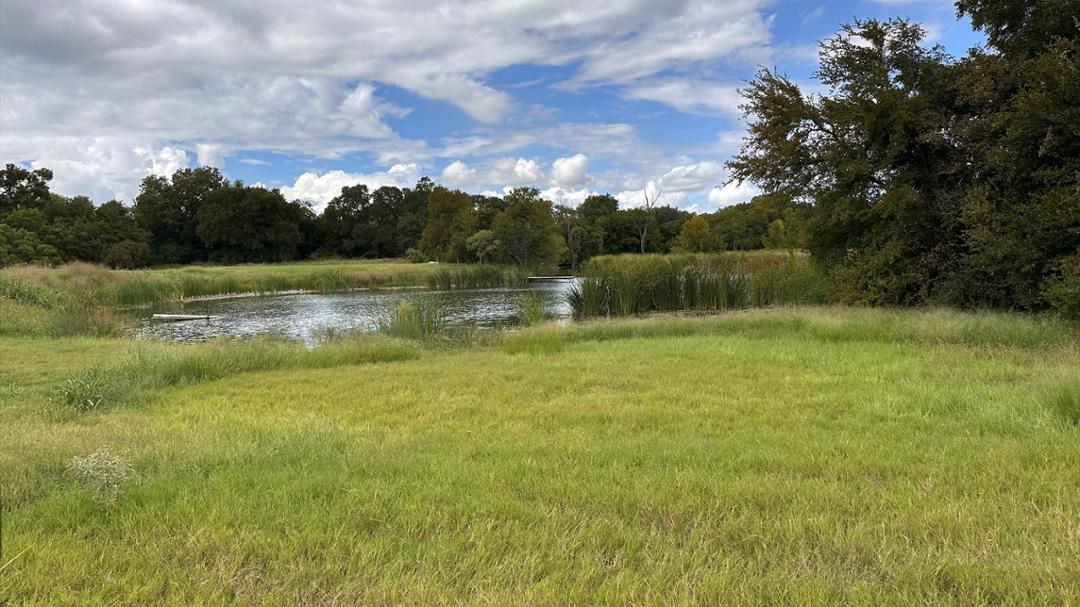A transformational gift of a conservation-winning ranch will become a research, teaching and engagement hub for Texas Tech and Davis College.
When most people think of ranches, they often imagine sprawling pastures, dense trees, scattered wildlife and large herds of cattle.
But that’s not the case for the 7R Ranch just down the road from Granbury, Texas – a ranch that one day will belong to Texas Tech University and the Davis College of Agricultural Sciences and Natural Resources.
Located southwest of the Dallas-Fort Worth Metroplex in one of the fastest-growing areas of the country, the road between Granbury and the 7R Ranch is populated with homes, businesses and signs of more to come.
However, once you turn off the asphalt and ease onto the ranch road, it is easy to quickly forget the cityscape just behind you on the highway.
As you bump down the straightaway and round a curve, nature quickly takes over. Huge oak trees loom over the road and knee-high grass ebbs and flows with the afternoon breeze. Peeking through the grass are a handful of white-tailed deer barely spooked by the white pickup truck easing its way by.
“When I got here, it didn’t look like this,” said Murray Randle from the passenger seat, gesturing to greenspace around us.
Cultivating Conservation
Randle inherited 200 acres in Hood County from his grandfather in 1971 when he was just 25 years old. He was a city boy from San Angelo at the time, but his lack of ranch experience didn’t make him think twice about packing up his things, leaving the oil and gas industry and starting a whole new way of life.
From the moment he set eyes on the ranch, Randle knew something had to change. The pastures, which had previously been leased, were badly overgrazed. Gullies were eroding deep cuts into the land. Areas that weren’t overgrazed were consumed with brush so thick in areas that sunlight couldn’t reach the ground. Wildlife sightings had become few and far between.
“It looked like an overgrazed desert,” Randle said, shaking his head.
If he wanted to make his living on his new property, Randle had to make significant improvements to the quality of the land. He dove into research, leaning on resources from the local Natural Resources Conservation Service (NRCS), formerly known as the Soil Conservation Service.
Randle quickly began learning all he could about conservation and befriending his local NRCS agent, a Texas Tech Department of Natural Resources Management alumnus named Kent Ferguson. He read every book recommended to him by Ferguson and the NRCS office, some of which still line the shelves of the significant section of his library dedicated to the subject.
In 1974, with assistance from the NRCS office, Randle signed a Great Plains Conservation Program (GPCP) contract. The GPCP is an NRCS program under which farmers and ranchers can submit a conservation plan to their local office outlining planned improvements to the soil and water resources on their property, and in return, can receive help in executing that plan.
Through this program, Randle was able to implement practices tapping into the potential he saw in his overgrazed desert. He built over 2 miles of fencing to reduce pasture sizes and allow for the application of a rotational grazing plan for his cattle, putting less stress on the land. Areas overgrown with brush were cleared, eroded gullies were smoothed and shaped and all but 30 acres were reseeded to native grasses.
Randle was also intentional in considering wildlife in his conservation plans – setting aside the other 30 acres solely for that purpose. In this area, dense brush was cleared from open pasture, but piles were left to provide nesting cover for quail and other wild birds. All brush and trees along creeks and draws were left untouched, and cleared areas were reseeded with plants specifically chosen for their appeal to wildlife.
In just four years, Randle was able to transform his desert into a thriving ranch, and he was not the only one who noticed. The Nov. 9, 1978, edition of the Hood County News proudly displayed the title “Remarkable Ranch Improvement Told…Zone V Conservation Winner—Murray Randle.”
Now, 46 years later, this newspaper is just one of many, many awards and articles that don the walls of Randle’s home and office. From his award in 1978 to being named the 2022 Conservation Rancher of the Year by the Texas State Soil and Water Conservation Board and every acknowledgment in between, Randle has never wavered in his pursuit of improving his land.



And it doesn’t take a specialist’s eye to see it.
“Now this is what it’s supposed to look like,” Randle said, gesturing to his side of the fence line.
On Randle’s side of the fence, the thick grass is tall enough to easily crest over the door mirror of his pickup, a handful of weeds can barely be seen just along the fence and brush is scarce. Conversely, on the side of the fence not owned by Randle, grass, where it occurs, is short and interspersed with weeds and brush forms thick lines down the two-rut road.
“That’s been my life’s work, taking care of this place, improving it,” Randle said. “This is what land looks like when you give a damn about it. Nowhere else will you see this much grass and plain.”
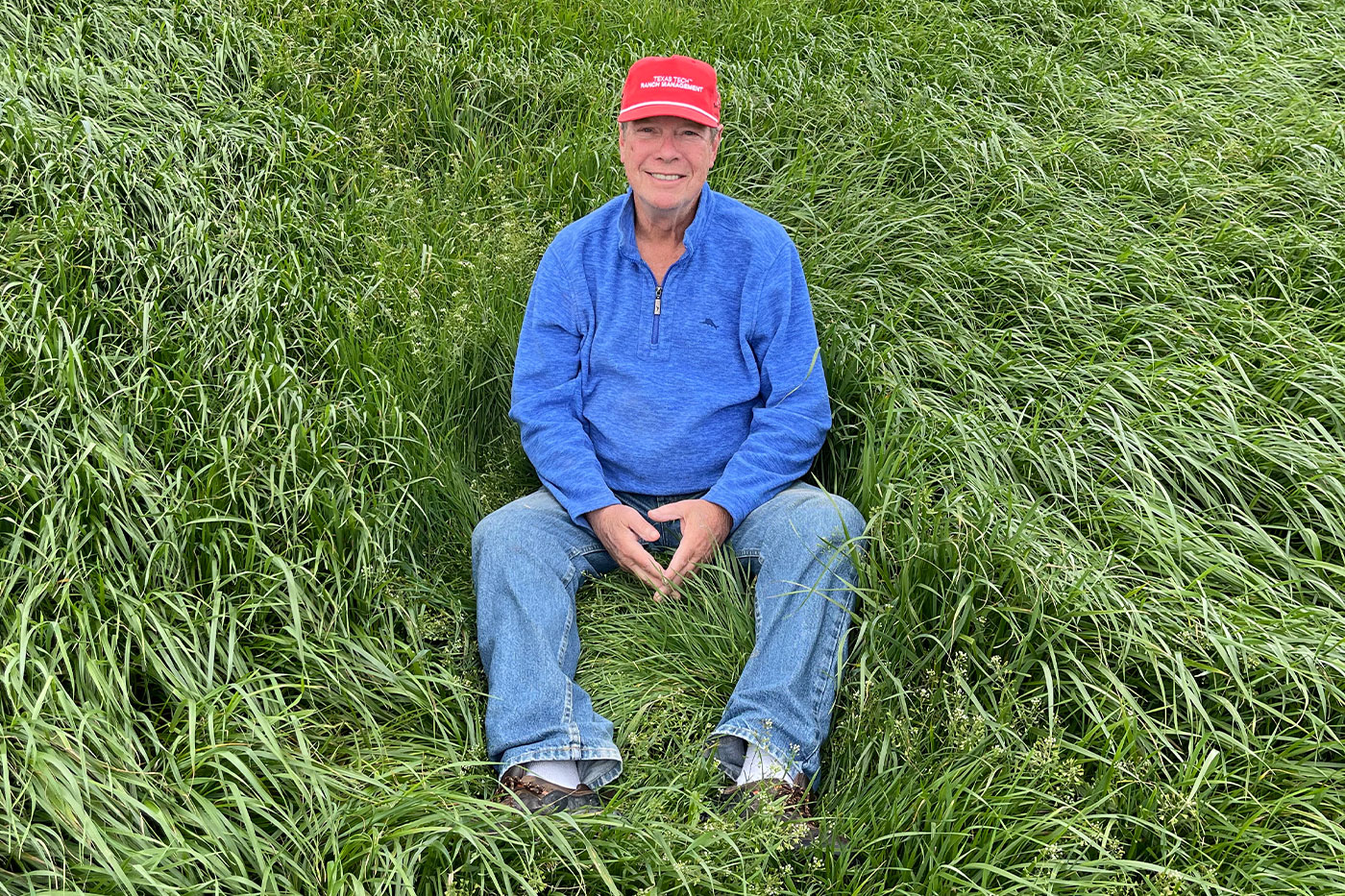
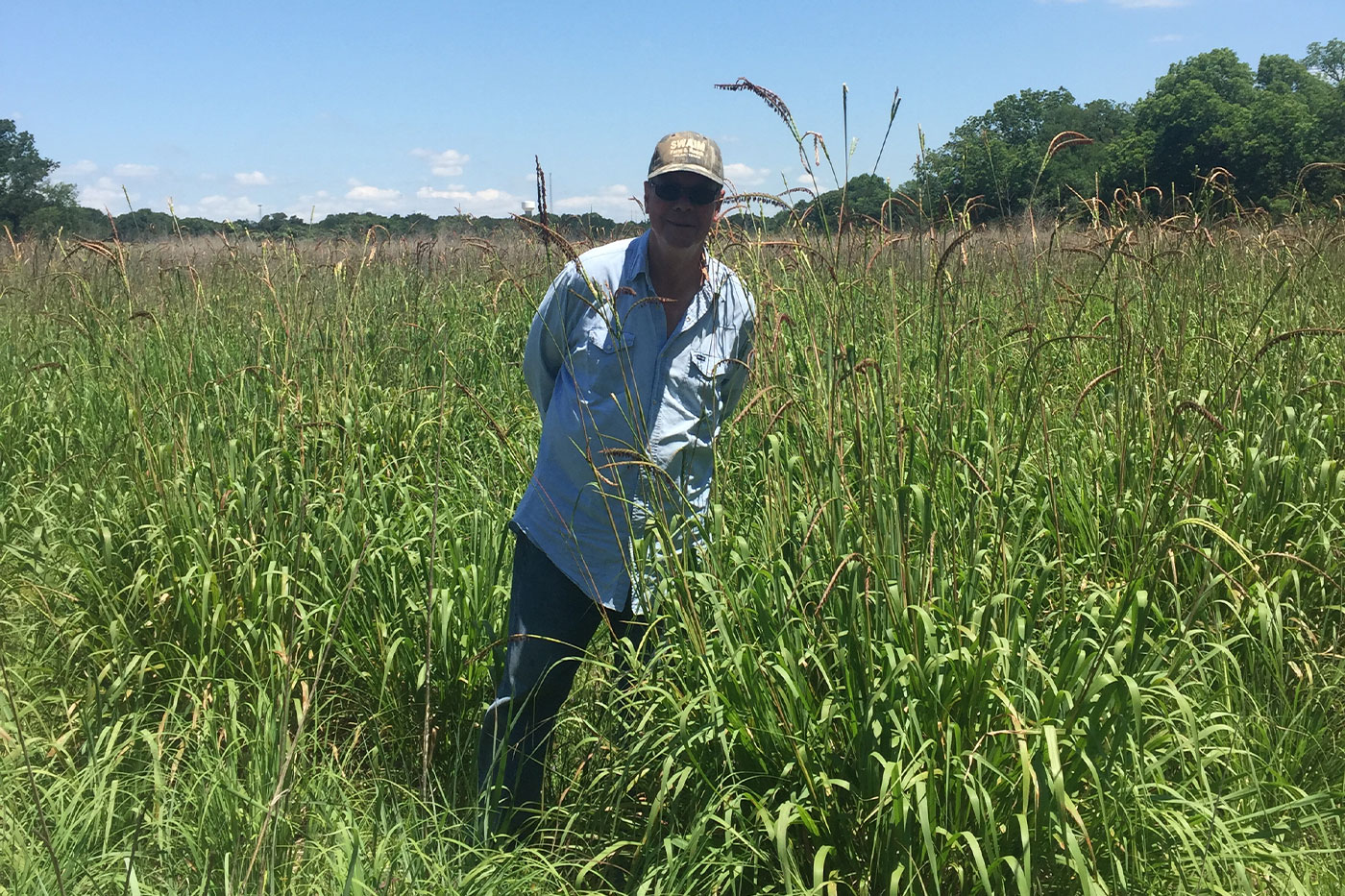
Randle has grown the 7R Ranch from 200 acres to nearly 1,500, buying neighboring properties and attacking restoration with a conservation plan of the same ferocity as he did his original property. The land, originally 100 pastures, is now divided into 25, and cattle are rotated from pasture to pasture roughly every three to five days.
Portions of the ranch are still fully dedicated to wildlife, and he has continued to plant vegetation that is conducive to native wildlife. He also prohibits any hunting on the property to provide sanctuary for his wild turkey, waterfowl and white-tailed deer residents.
Randle knows every nook and cranny of his 1,500 acres and can describe in detail the work he and his team have put in to make the ranch flourish. As he drives through the ranch, he points out nearly every plant species that passes by the truck window. From each detail, it’s obvious he is deeply invested in the ranch – its past, present and future.
A Conservation Campus
As he has aged, the future of the 7R Ranch has been weighing more on Randle’s mind. With all the fervent care he put into building the ranch into the conservation haven it is today, he knew there was not a chance he would ever let his legacy become just another housing development or strip mall.
“I started thinking about what would happen to this land after I was gone,” Randle said. “See, I never had any kids of my own. I didn’t have anybody to leave this to.”
With this in mind, Randle began looking at other options. He decided he wanted to will the ranch to a university in his estate and began exploring options with universities close to home.
However, none of them met the standards Randle had set for the future of the 7R Ranch. They either wanted to sell it or develop it.
That all changed when Texas Tech entered the picture.
“I liked Texas Tech the best because we agreed on what was important,” Randle said, ticking off the priorities on three fingers. “Keep the ranch strictly agricultural, never sell any of it and just use it to educate kids about conservation and saving the land. I mean, this can be an educational campus for the next 500 years, you know? One day this will be the last undeveloped land in Hood County, and even then people will still be able to see that this is what it can be like when you conserve and take care your land.”
Randle signed an estate gift agreement with Texas Tech and Davis College earlier this year, marking a transformational, first-of-its-kind property gift to the university and the college.
“This is a game-changer gift for the college and a gift that fits all three of our mission areas – research, teaching and learning, and outreach and engagement,” said Clint Krehbiel, dean of Davis College. “Murray has had the vision and foresight to maintain this really amazing piece of property that he's cultured back by hand and pieced together over the last 50 years, and now, this gift is a resource for our college that will live on for generations to come.”
With their three mission areas in mind, leadership and faculty in the Davis College have already begun to sketch out plans for how the 7R Ranch could further facilitate excellence in the college.
One of those faculty members is Warren Conway, the Bricker Endowed Chair in Wildlife Management in the Department of Natural Resources Management. He is also the director of the Llano River Field Station at the Texas Tech University Center at Junction.
Even though the property is an estate gift, Randle has graciously allowed Conway and other faculty and students in the department to start conducting research on the ranch now. With the extensive work Randle has done in the conservation space on the 7R Ranch, the property is a haven for wildlife, plant and natural resources management research.
Starting in the fall of 2024, Texas Tech researchers and students began collecting baseline data on plant, bat, wildlife and invertebrate communities. They are also planning to tap into the ranch’s potential as an important stopover site for monarch butterfly migration, conduct research relative to grassland birds and study issues relative to water quality and conservation.
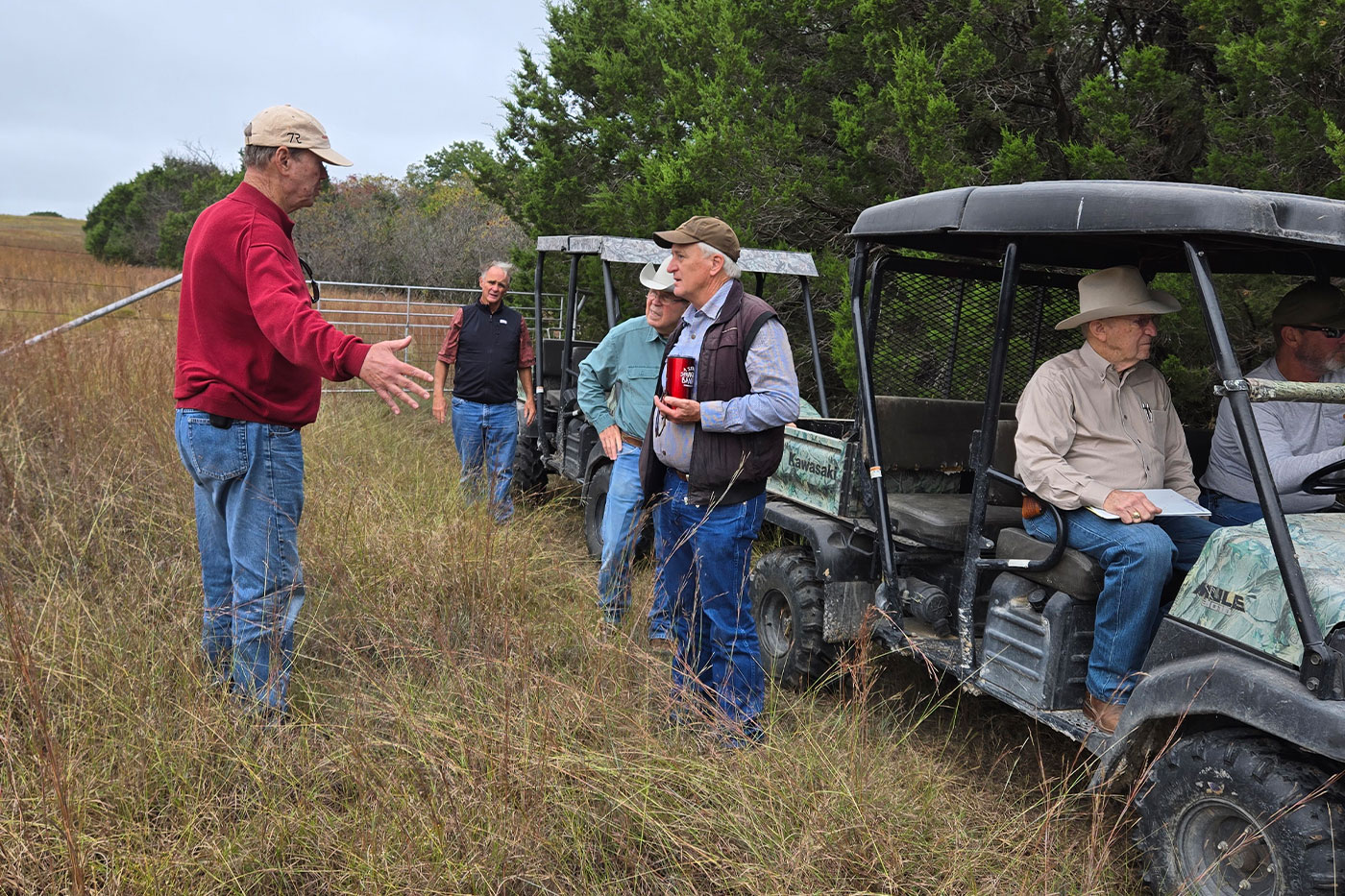
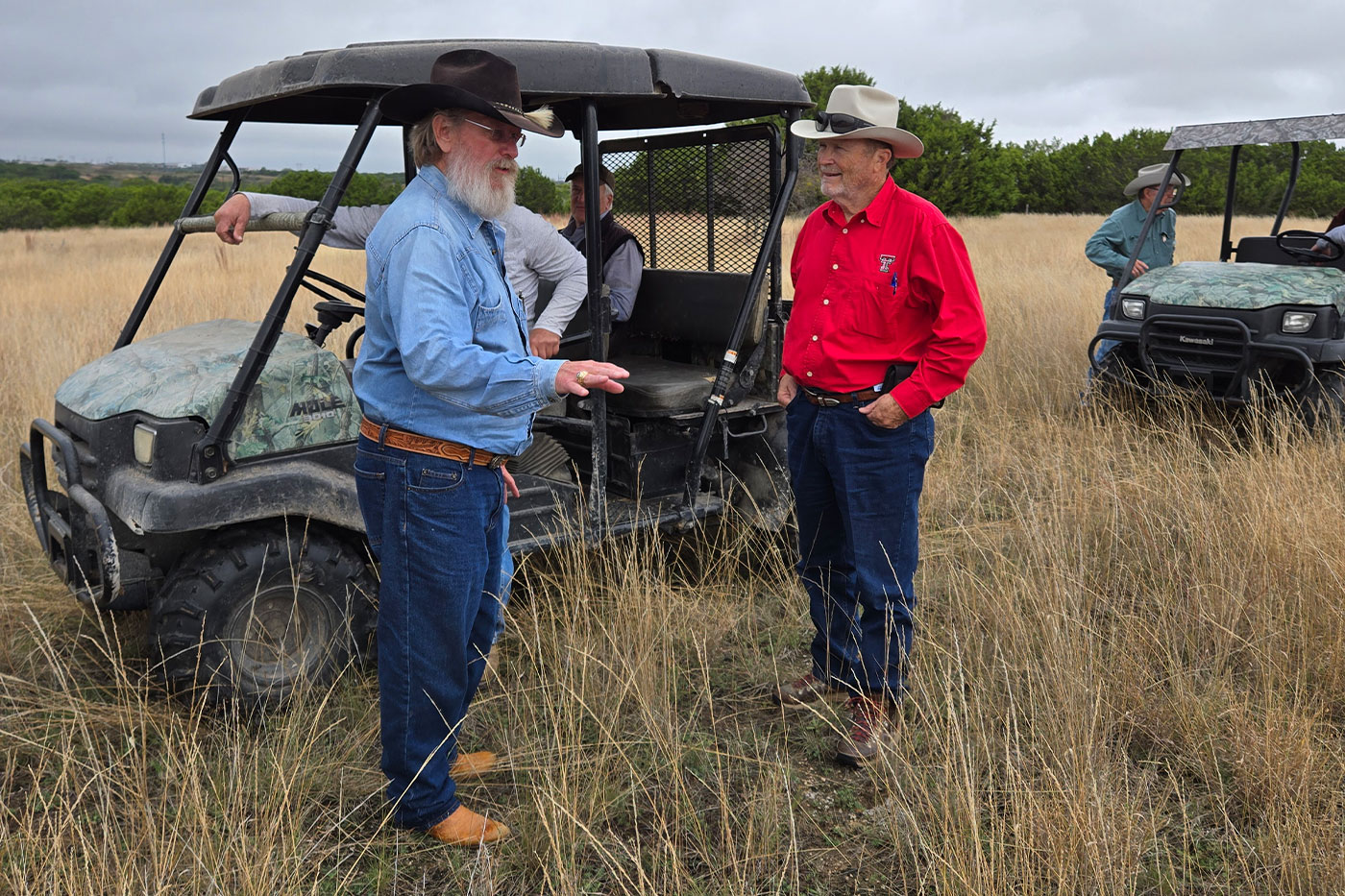
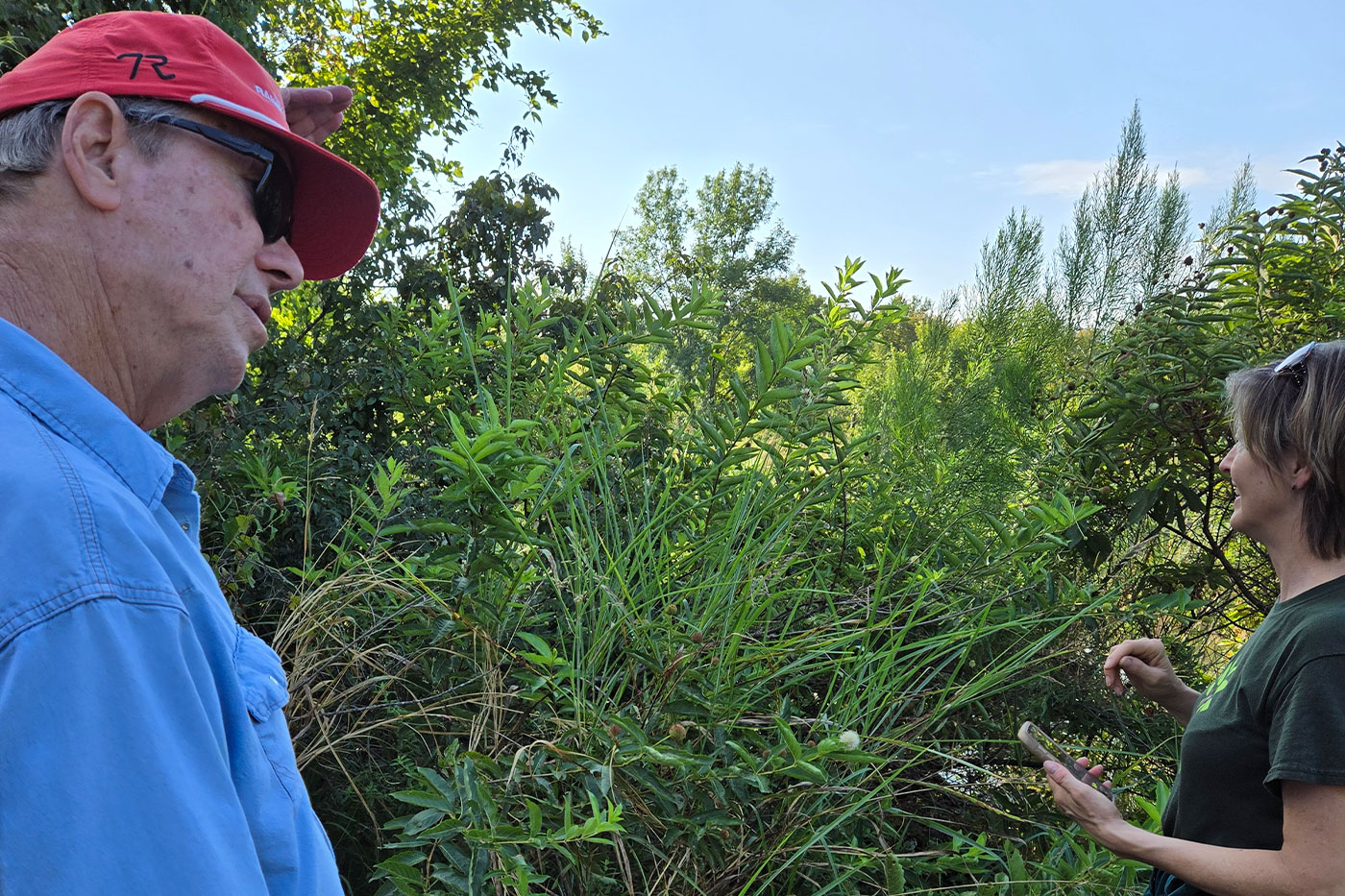
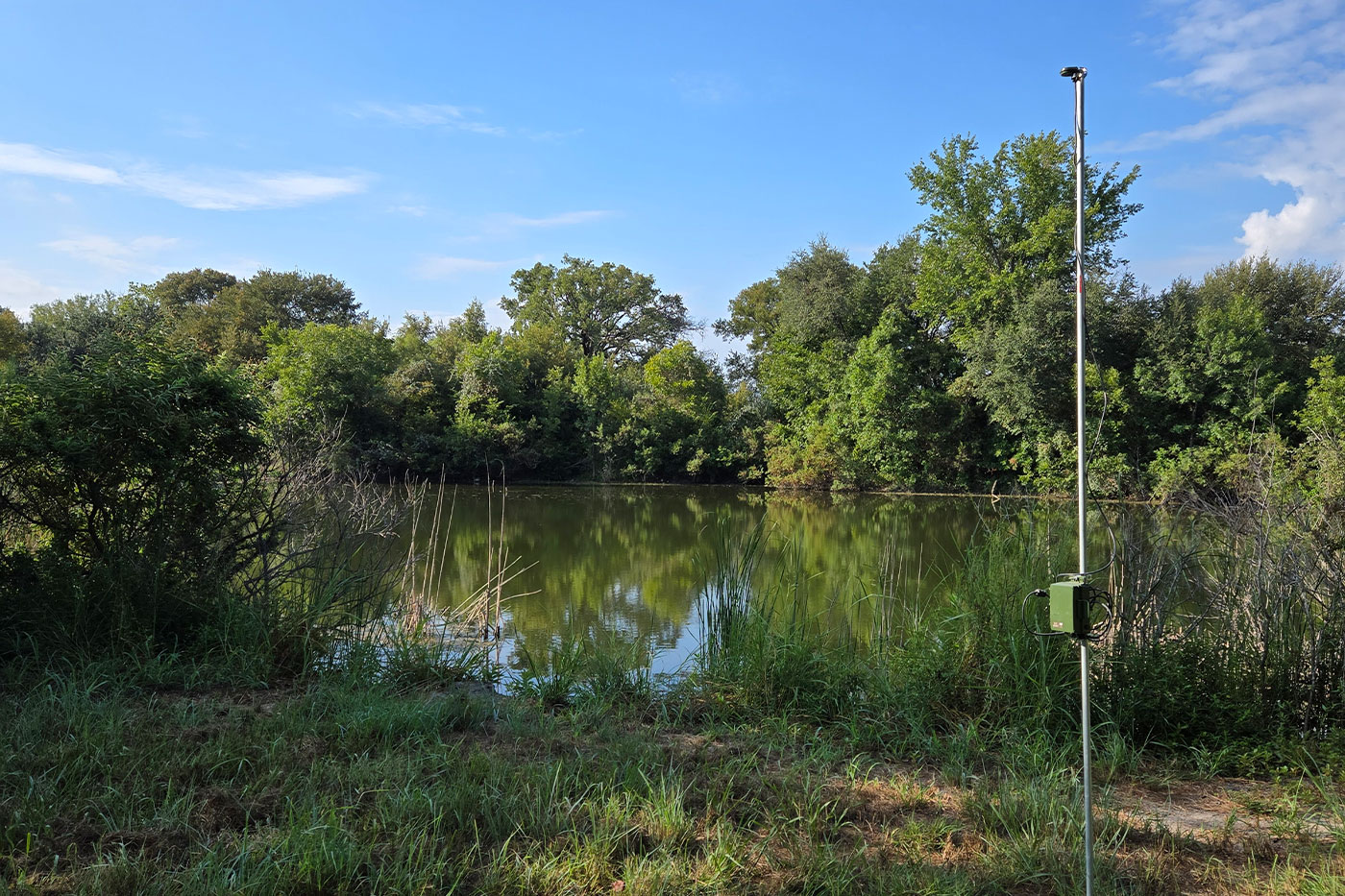
Conway sees great potential for the ranch to serve as a long-term research site for not only wildlife but also range and livestock management.
“We are excited to explore some really novel, forward-thinking livestock management and ranch management practices,” Conway said, “and I think this ranch could be a centerpiece of that type of work.”
These practices tie in perfectly to Davis College’s newest academic endeavor: the Ranch Management Program. A two-year master’s degree program that launched in the fall 2024, the Texas Tech Ranch Management Program takes a holistic and immersive approach to ranch management. Through coursework in natural resources management, agricultural economics and animal science, coupled with working on ranches, students gain comprehensive experience preparing them for any ranching operation.
“It’s so important to have the immersion of our students in that landscape where they can get out in the field,” Conway said. “We pride ourselves in the Davis College and the departments therein, on having those tangible and immersive experiential learning opportunities for our students.”
The Ranch Management Program is just one of countless programs in Davis College that is known for having those boots-on-the-ground, immersive opportunities. Faculty and leadership see the 7R Ranch as a stage to not only cultivate that for their own students, but for local students and others through partnership with the new Texas Tech DFW Campus.
Combining Texas Tech’s expanding presence in the area with the rapidly growing human population creates the perfect opportunity to not just expose an urban population to agriculture and natural resources in Texas, but also showcase how conservation can and should occur in the state – the exact passion to which Randle has dedicated his entire life.
Whether it is invaluable research opportunities, immersive experiential learning opportunities or engaging with a growing urban population, Randle’s estate gift of 7R Ranch and dedicated work in the conservation space has undoubtedly set the Davis College up for unprecedented success for years to come.
“There is no doubt the property is very valuable in terms of literal dollar value,” Conway said, “but from a research and educational value for Texas Tech and Davis College, I don’t think you could possibly put a number on that. A vision that Murray has always had and articulated is that this particular property be managed and maintained in perpetuity as a ranch. Now, we have the opportunity to really make something of that, bring his vision to fruition long term and educate others about conservation in a meaningful way.”

